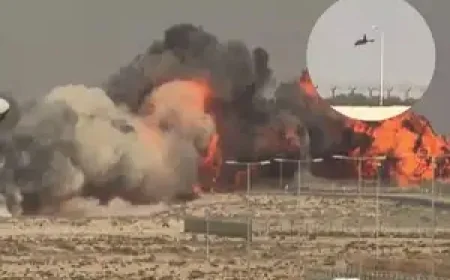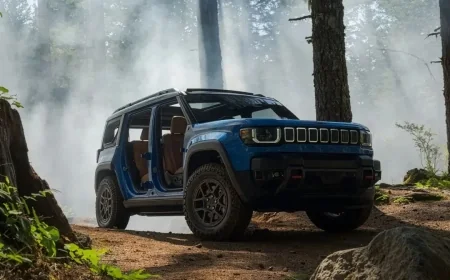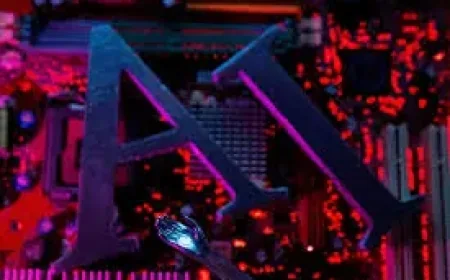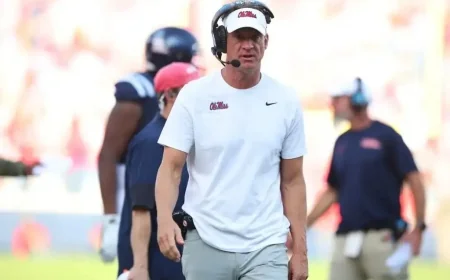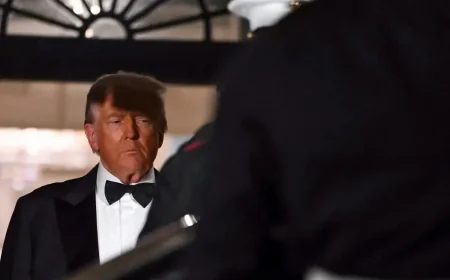Fire investigators are seeking dashcam footage of the Tongariro fire
Fire investigators probing the Tongariro National Park fire are seeking dashcam footage from drivers in the area.
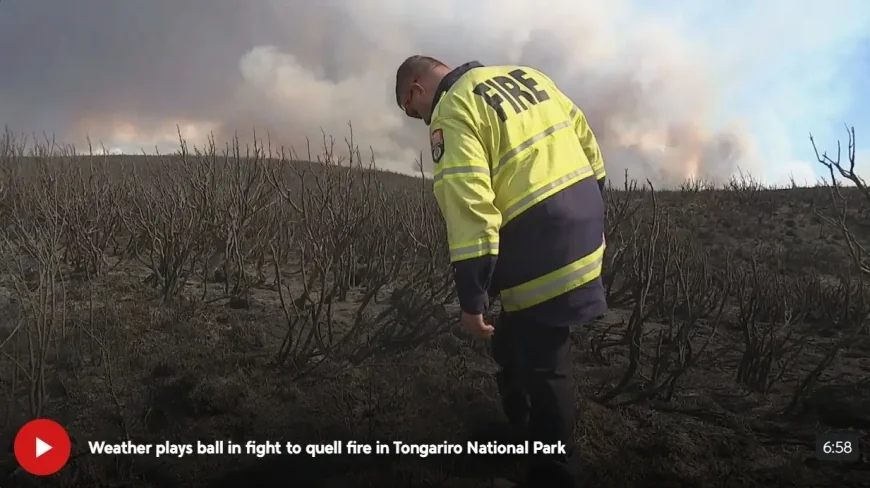
The Fire and Emergency Department (FENZ) said it was seeking contact from anyone who was on State Highway 47 between 1 pm and 3 pm on Saturday and had a dashcam.
It said SH47, from the intersection of SH4 to the intersection of SH46, was a particularly sensitive area.
FENZ said SH47 would reopen at 5 pm on Tuesday with speed restrictions.
FENZ District Commander Nigel Dravitzky said aerial mapping confirmed that 2,935 hectares of the park had been burned, and although no visible signs of fire had been observed, it was still considered an active fire zone.
"There may be patches of smouldering vegetation that would reignite very easily in windy conditions. That is common fire behaviour, especially in an environment like this where the vegetation dries out easily."
A spokesperson said 35 firefighters were patrolling tracks within the fire area today, and FENZ will be on scene to respond immediately to any flare-ups.
The main Tongariro Track is expected to remain closed for at least next week following the devastating bushfire.
The Fire and Emergency Department said recent rainfall is proving crucial in controlling the massive fires in Tongariro National Park.
Thirty-five Department of Conservation firefighters were at the scene on Tuesday, while drones equipped with thermal imaging equipment began scanning areas around the fire.
A helicopter is on standby to conduct a full damage assessment. However, low cloud cover prevented it from conducting an aerial survey of the site, estimated to be 2,800 hectares.
Conservation Minister Tama Potaka's office said a portion of the national park is open, but the Tongariro Alpine Crossing, Tongariro Northern Circuit, Tama Lakes, and walking trails near Whakapapa Village will remain closed until at least Monday.
"We will be in a better place to give an indication of when tracks and huts will re-open and any impacts on summer tramping once the fire has been controlled and FENZ have confirmed it is safe for us to assess damage," a spokesperson said.
"But there will be some time before everything is cleared away and we know the true extent of biodiversity loss."
He said police were investigating the cause of the fire.
"We have managed to protect some key infrastructure so we hope to be able to reopen the Tongariro Alpine Crossing and Tongariro Northern Circuit (except Oturere Hut) quickly," Potaka's office said.
Approximately 605 people had booked to cross the border this week, although it is expected that some people may have booked closer to the day at short notice.
As of Friday night, 92 people had booked at a hut or campsite, who were informed that the area was closed and had their fare refunded.
FENZ Assistant Commander Renee Pote said the recent rain had helped significantly.
"The most important thing has been the rain, especially the water coming from the mountains. This water is flowing onto the fireground and is really helping us control this fire."
However, even though the flames are no longer visible, that doesn't mean the fire is completely out.
"While you can't see too much sign of fire right now on the surface, it doesn't mean it's not still burning underground," Potae said.
"So while we'll start to see some of the resources start to demobilise over the next few days, there will be, for several days, some crews continuing to monitor the fire just to make sure it's out."
Meanwhile, an iwi representative said the rāhui over the scene will give the whenua time to breathe.
Two rāhui have been put in place, covering the Tongariro Alpine Crossing track and any burnt areas.
Te Rūnanganui o Ngāti Hikairo ki Tongariro representative Te Ngaehe Wanikau said: "The restoration is not about excluding, it's not prohibiting."
Wanikau said the restorative rāhui was not in the usual sense of rāhui which happens after a tragedy.
A restorative rāhui was about focusing on bringing the area back to what it should be, he said.
The "greatest" fear was the burnt area going into the "too hard basket and then we see yellow flowers of broom all over our mountain".
The rāhui was an opportunity for "everyone and anyone" to focus on making it a restorative project that showed what the area could look like if the problem was dealt with.
He said they would work with agencies to determine the extent of the damage.
What's Your Reaction?
 Like
0
Like
0
 Dislike
0
Dislike
0
 Love
0
Love
0
 Funny
0
Funny
0
 Angry
0
Angry
0
 Sad
0
Sad
0
 Wow
0
Wow
0




